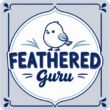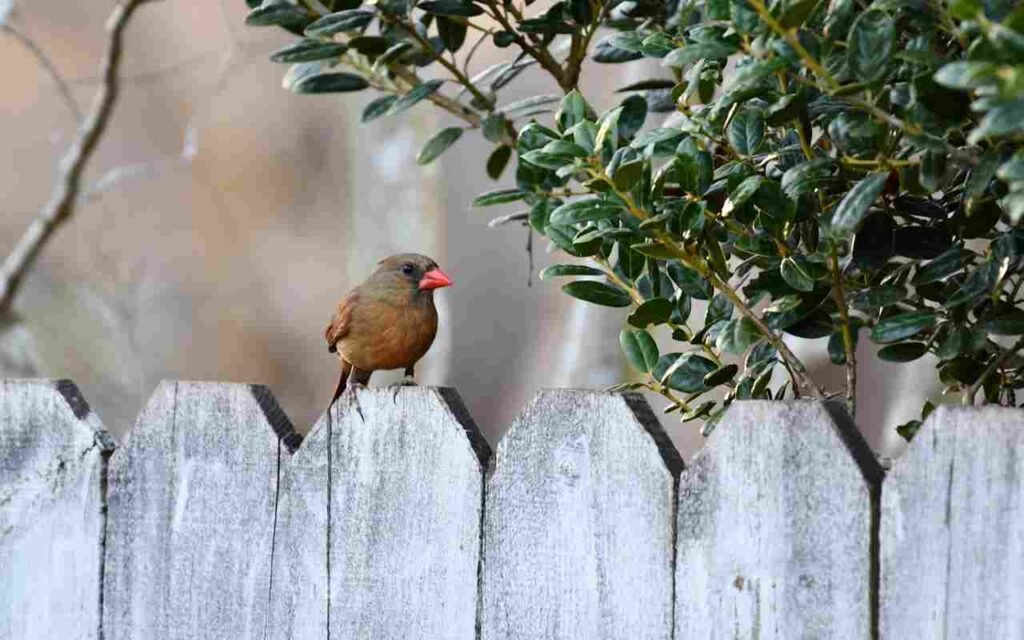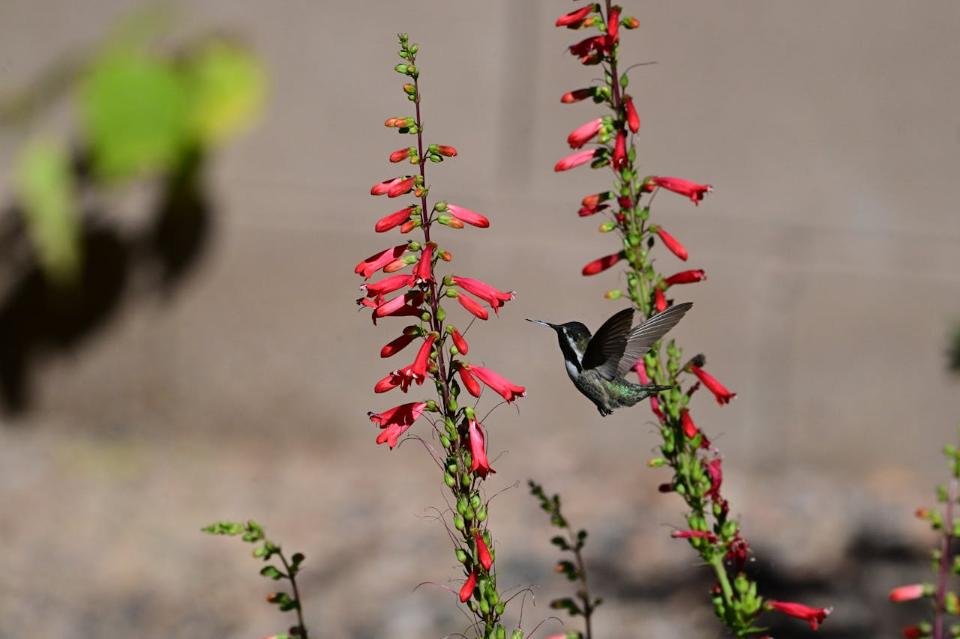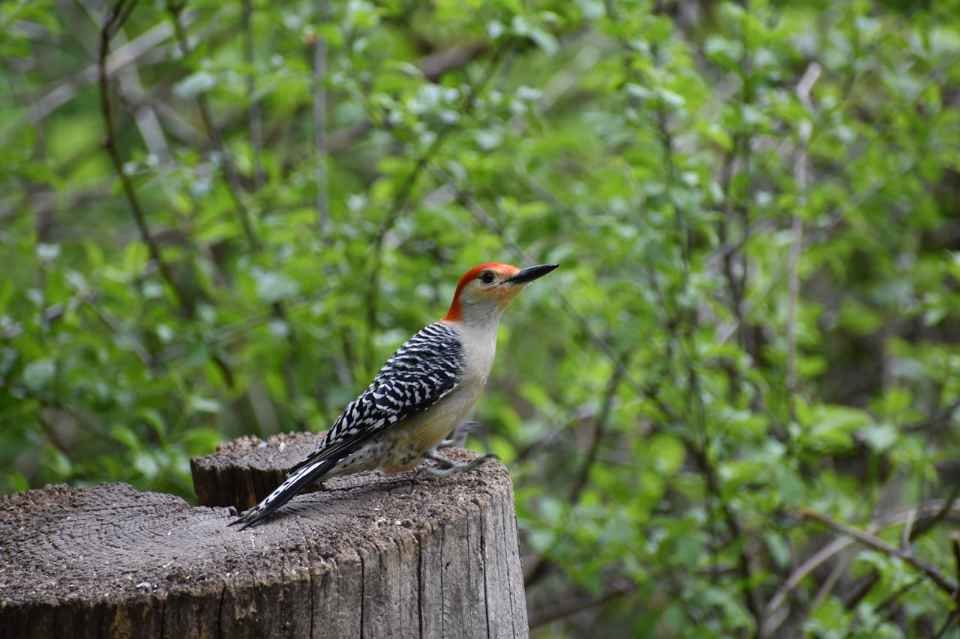So you want birds flocking to your yard but don’t want to deal with the hassle of constantly refilling feeders? If you’re wondering how to attract birds without a feeder, I totally get it 😬. After my third squirrel-induced feeder catastrophe last spring (RIP, my beautiful cardinal feeder), I decided there had to be a better way. Turns out, attracting birds naturally doesn’t require a single store-bought contraption – and honestly, it’s way more rewarding.
Here’s the thing: birds survived perfectly fine for millions of years before humans invented the plastic tube feeder. They’re looking for the same basic things we all need – food, water, shelter, and a safe place to raise their families. Let me show you how to give them exactly that without spending your weekends cleaning seed hulls off your deck.
Why Birds Come to Your Yard Naturally
Birds don’t just show up randomly, they’re looking for the basics: food, water, shelter, and safe nesting sites. According to the U.S. Forest Service, these four elements form the foundation of creating and maintaining bird-friendly habitats.
- Food: Natural food sources like berries, seeds, and insects often outperform feeders for long-term attraction. Birds remember where reliable meals are, and a well-planted yard can keep them coming back year after year.
- Water: Birds need clean, accessible water for drinking and bathing. Shallow dishes or small birdbaths, especially with moving water, make your yard much more appealing.
- Shelter: Dense shrubs, native trees, and brush piles give birds safe places to hide from predators and harsh weather. Layered plantings also create natural corridors they use to move through your yard safely.
- Safe Nesting Sites: Birds look for protected areas to raise their young. Providing a mix of shrubs, trees, and undisturbed ground areas encourages nesting and can increase bird diversity in your yard.
By providing these essentials naturally, you’re setting the stage for a thriving backyard bird population—no feeders required.
Create Natural Food Sources That Actually Work
Plant Native Berry-Producing Shrubs
Want to know the secret that birding enthusiasts don’t always share? Native berry bushes are like bird magnets on steroids. I planted elderberry and serviceberry shrubs three years ago, and now my yard looks like Grand Central Station for feathered friends.
Native plants produce berries at different times throughout the season, giving you year-round bird activity. According to Audubon, native berry-producing shrubs provide some of the highest-energy foods migrating and overwintering birds rely on.
Elderberries ripen in late summer, while serviceberries come earlier. Throw in some native sumac, and you’ve got a buffet that keeps birds coming back for more.
The best part? These natural bird food sources require zero maintenance once established. No more trudging outside in freezing rain to fill feeders, no more dealing with moldy seed. The plants do all the work while you get all the entertainment.
Don’t Overlook Seed-Producing Flowers
Ever wonder why goldfinches seem to appear out of nowhere in late summer? They’re hitting up all the bird-friendly plants that smart gardeners know to leave standing. Purple coneflowers, black-eyed Susans, and sunflowers are absolute goldmines for seed-loving species.
Here’s where I made a rookie mistake initially – I was deadheading everything to keep my garden looking “tidy.” Big oops 😕 Once I started leaving seed heads intact, my bird diversity exploded. Finches, chickadees, and nuthatches now treat my flower beds like their personal grocery store. According to National Wildlife Federation, leaving seed heads intact through fall and winter provides critical food for small songbirds.
Pro tip: Plant these flowers in clusters rather than scattered singles. Birds prefer concentrated food sources where they can feed efficiently while keeping watch for predators.
Water Sources That Birds Can’t Resist
Shallow Water Features Beat Deep Ones Every Time
Forget about installing some elaborate fountain system. Birds want water sources that are shallow, clean, and accessible. I learned this the hard way when I spent way too much money on a “bird fountain” that sat empty for months.
The magic number is two inches deep or less. Most songbirds can’t swim, and they know it. They want to wade in, take a drink, splash around a bit, and get out safely. A simple shallow dish elevated a few feet off the ground works better than anything fancy you’ll find at the garden center.
Moving Water Creates Irresistible Appeal
Birds hear moving water from surprising distances – it’s like putting up a neon sign that says “Fresh water here!” Adding a small dripper or bubbler to your water source multiplies its effectiveness dramatically. According to Backyard & Woodlands Magazine, moving water sources can attract up to twice as many birds as still basins. If you’re dealing with summer heat, here’s a full guide on how to keep birds hydrated during summer.
I rigged up a basic dripper using a plastic bottle with tiny holes punched in the bottom. Cost me maybe five bucks, and now I get species I never saw before. The gentle dripping sound carries much further than you’d expect, drawing in birds that might never have noticed a static water bowl.
Shelter and Nesting Opportunities
Dense Shrubs Provide Essential Cover
Creating a backyard bird habitat means thinking like prey animals that need quick escape routes. Birds want food and water sources near protective cover – somewhere they can dive for safety when hawks show up uninvited.
Plant shrubs in layered groups rather than single specimens scattered around your yard. This creates natural corridors birds use to move safely between feeding and resting areas. Native dogwood, spicebush, and native azaleas work perfectly for this purpose.
Dense plantings also provide crucial nesting sites for many species. According to the American Bird Conservancy, planting native shrubs and fruit trees significantly improves nesting success by offering cover from predators.
Cardinals, catbirds, and mockingbirds all prefer shrubby cover for raising their young. Give them what they want, and they’ll reward you with year-round presence.
Leave Some “Messy” Areas
I know, I know – your neighbors might give you looks. But here’s the truth: providing shelter for birds sometimes means embracing a little controlled chaos. That brush pile you’ve been meaning to clean up? Leave it. Those fallen logs decomposing behind your shed? Bird gold.
These natural structures harbor insects that insectivorous birds desperately need, especially during breeding season when they’re feeding protein-hungry chicks. Wrens, towhees, and thrushes spend hours foraging through this type of habitat.
Create intentional “messy” zones in less visible parts of your property. Stack brush, leave leaf litter undisturbed, and resist the urge to rake every square inch. Your bird visitors will thank you with increased activity and diversity.
Timing and Seasonal Considerations
Spring Migration Magic
Want to see species you never knew existed in your area? Time your habitat improvements for spring migration. Birds traveling hundreds or thousands of miles need reliable stopover sites with abundant food and water.
I’ll never forget the morning I looked outside and counted seventeen different warbler species in my small suburban yard. It was late April, peak migration time, and my combination of native plants, water features, and protective cover created an irresistible rest stop.
Plant your berry bushes and native flowers in fall so they’re established by the following spring. Migrating birds have incredible site fidelity – if your yard provides what they need once, they’ll remember and return year after year.
Winter Survival Resources
Summer birding is easy mode. Winter separates the casual bird watchers from the serious habitat creators. When natural food sources become scarce, your natural bird food sources become lifelines.
Keep some seed-producing plants standing through winter rather than cutting everything back in fall. Native grasses like little bluestem and switchgrass provide crucial winter food for ground-feeding species like sparrows and juncos.
Evergreen shrubs and trees offer essential winter shelter. Dense conifers provide roosting sites where birds can conserve energy during brutal cold snaps. I’ve seen dozens of birds packed into my Norway spruce on particularly nasty winter nights.
Common Mistakes That Repel Birds
Over-Manicured Landscapes
Perfect lawns and obsessively trimmed shrubs might win you homeowner association awards, but they’re basically bird deserts. Sterile landscapes offer nothing birds need for survival.
The most successful bird-friendly yards I’ve visited look slightly wild and definitely lived-in. Native plants allowed to grow in natural forms, water features with algae around the edges, and yes, even some weeds that produce seeds birds actually eat.
Chemical Dependency
Pesticides and herbicides don’t just kill target pests – they eliminate the insects birds depend on for protein. Even organic options can disrupt the food web birds rely on. According to the Xerces Society, insect declines linked to pesticide use directly impact bird populations that rely on them for food.
I stopped using any chemicals on my property five years ago, and the insect diversity explosion was immediate. More bugs meant more birds, and the natural predator-prey balance sorted itself out without human intervention.
Making It All Work Together
Design for Bird Behavior
Birds don’t think like humans. They want food sources within quick flying distance of shelter, water near but not directly under feeding areas (predators love water ambush spots), and multiple escape routes from every important location.
Observe how birds move through your existing landscape before making major changes. Watch their preferred flight paths, note where they seem nervous versus relaxed, and design your improvements around their natural behaviors rather than your aesthetic preferences.
Patience Pays Off
Here’s something nobody tells you: attracting birds naturally takes time. Unlike putting up a feeder (which might attract birds within days), habitat-based attraction builds slowly as plants mature and birds discover your improvements.
My yard looked pretty pathetic the first year after I planted native shrubs and stopped mowing certain areas. By year two, bird activity noticeably increased. Year three was when the magic really happened – I started seeing species that hadn’t visited before.
IMO, this delayed gratification actually makes the whole experience more rewarding. Each new visitor feels earned rather than simply purchased.
The Bottom Line
Creating a bird-friendly yard without feeders isn’t just possible – it’s actually more effective long-term than depending on store-bought seed. You’re providing sustainable, natural resources that support entire bird communities rather than just seed-eating species.
Plus, there’s something deeply satisfying about watching a cedar waxwing pluck berries from shrubs you planted years ago. It feels like you’ve actually contributed to their survival rather than just bribing them with convenient snacks.
Start small, think long-term, and remember that the best bird habitats look like nature intended – a little wild, definitely diverse, and absolutely nothing like a golf course. Your feathered visitors will reward your efforts with entertainment and natural pest control that no artificial feeding setup can match.
FAQ: How to Attract Birds Without a Feeder
What if no birds show up even after planting native shrubs?
Give it time — birds take a season or two to discover new food sources. Adding a small water source or leaving some seed-producing flowers standing can speed things up. You can also observe local bird hotspots and mimic their plant choices.
Which backyard birds are most attracted to native berry bushes?
Cedar waxwings, cardinals, thrushes, and robins are frequent visitors. Finches and sparrows may also nibble on berries and seeds. Plant a mix of early, mid, and late-season fruiting shrubs to provide year-round appeal.
How do I prevent squirrels and other animals from stealing the food meant for birds?
Planting dense shrubs around your food sources can create “bird-only” zones. You can also elevate water and food dishes slightly above the ground and use natural deterrents like prickly twigs around the base.
Can I attract birds without creating a messy yard?
Slightly messy areas actually benefit birds by providing insects and shelter. You can limit visual clutter by keeping messy zones behind bushes or in corners of the yard while leaving other areas tidy.
How should I adjust my strategy for winter?
Keep seed heads standing, provide dense evergreen shelter, and maintain shallow water sources (consider using heated birdbaths). Birds rely heavily on these resources when natural food is scarce.
How often should I clean natural birdbaths and water features?
Clean water every few days, especially in warm weather. Scrub algae gently and rinse with fresh water. Avoid harsh chemicals — birds are sensitive to residues.
Can attracting birds without feeders reduce pest problems in my yard?
Yes! Birds naturally control insects, caterpillars, and other pests. By planting a variety of native plants and leaving some brush piles, you create an ecosystem where birds do the work for you.




